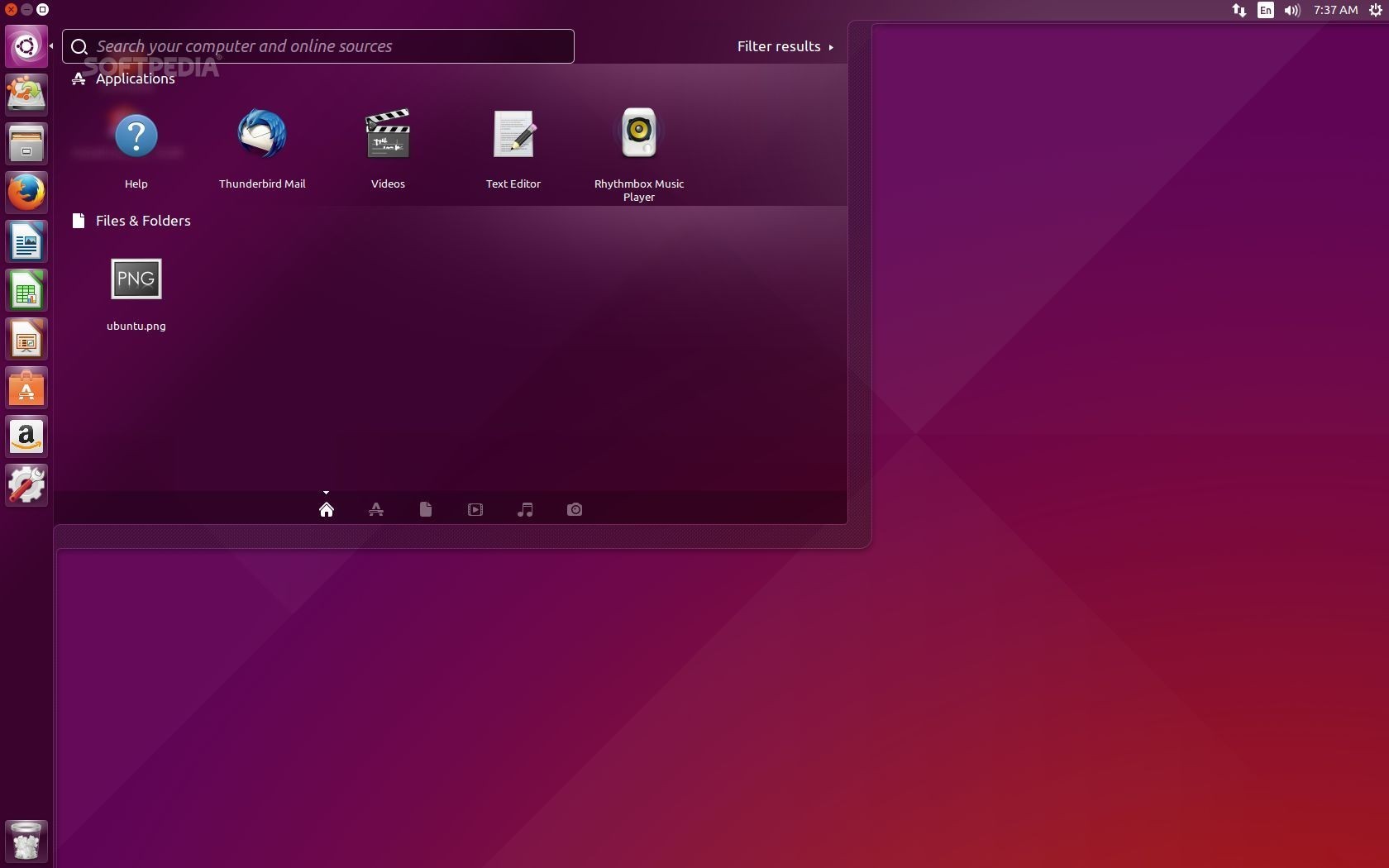

The above diagram is illustrative of Intel GPUs that typically start at 30% speed. It is only by trying to pre-render two frames that we make it likely at least one frame has been pre-rendered in time. That’s why B and C have shorter render times.
UBUNTU 22.04 WORKSPACES DRIVER
A is rendered slowly at the default low frequency but when we don’t stop for a break the GPU knows (well the graphics driver knows) it needs to speed up. So now using three different buffers we are able to achieve full frame rate. The blank space between frames is when the GPU is completely idle and as such it thinks it is appropriate to stay at the same low frequency.īut what if we reduce the gaps? Ensure the GPU is not allowed to idle until it at least gives us the full frame rate? This means we have to pre-render two frames instead of one: Monitor refresh | * * * * * * But the GPU is not very smart and it doesn’t know that you probably wanted a higher frame rate. The long render times shown above are often due to the GPU running at its lowest frequency. You see this as stutter, although some people use the word “lag”. The above diagram shows double buffering only achieving half the frame rate of the monitor. That’s double buffering.Ī problem occurs however when preparing (rendering) the next frame takes too long: Monitor refresh | * * * * *

There are always two images in this loop: the one you see on screen and the next one that will follow it.


 0 kommentar(er)
0 kommentar(er)
